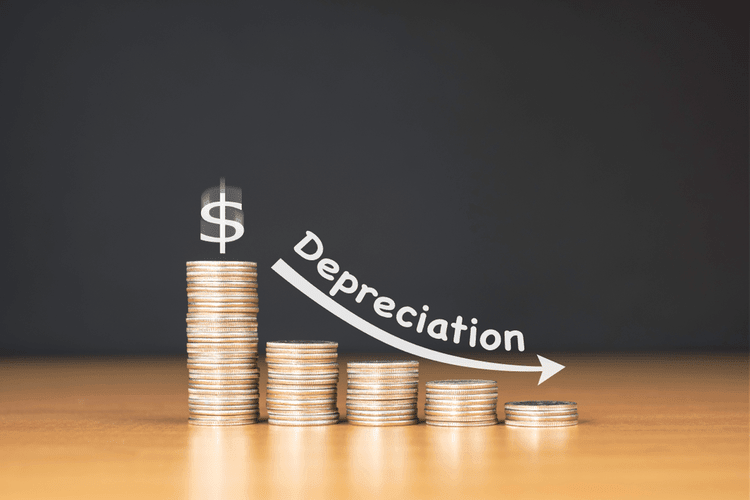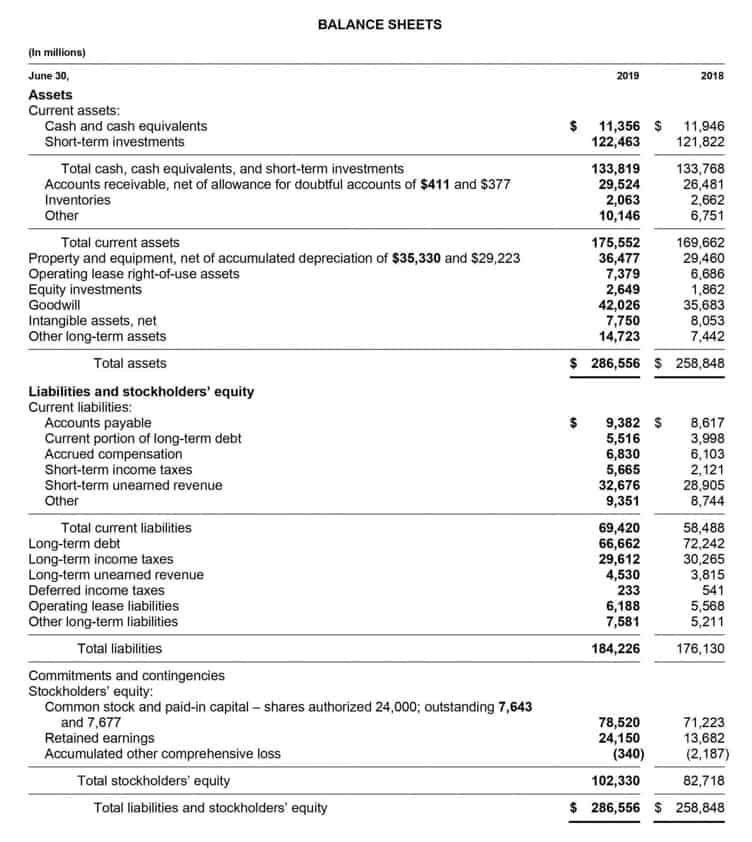5 Best Payroll Software For Restaurants

The FICA tip credit attempts to ameliorate the financial burden of paying these taxes on the employer. It allows employers to take a credit against their federal income based on the amount of FICA and Medicare taxes paid on tips reported to the employer. Restaurant payroll is the total compensation a restaurant business must pay to its employees over a set period of time. In short, it’s the act of calculating and distributing wages to restaurant employees. Restaurants incur labor costs in every area where personnel work to create food and deliver it to customers.
Understanding labor and payroll cost
We’ve crafted this piece to help you make more sense of your restaurant labor cost and the impact that it has on your bottom line. Let’s explore what restaurant payroll percentage is, how to calculate it, why it’s an important metric to track, and how INFI’s industry-leading POS system can help you lower labor costs. Under the FLSA, there are special provisions for the payment and taxation of tipped employees. This means employers may pay employees as little as $2.13 per hour as long as the tips made per hour can bring the employee’s total hourly earnings to at least $7.25, which is the federal minimum wage. Splitting shifts is when you divide an employee’s shift into two shorter shifts with an unpaid break in between.
Rest Day Laws
There is no set rule your restaurant payroll percentage must follow to make a profit. Payroll cost as a percentage of sales helps you understand your payroll for restaurants ratio between your labor and sales. When you understand this percentage, you can better understand the trends in your restaurant labor costs.
Integration with time clock software
Square offers a simple and affordable payroll solution that is appealing to small and medium-sized restaurants. It includes payroll automation, employee management capabilities, and tax compliance tools. In contrast, When I Work payroll plans start at just $39 per month + $6 per active user per month.
How to calculate payroll percentage?
- You should also verify that each employee’s social security number is valid to prevent errors while reporting employee information to entities like the IRS.
- Consult your accounting software or payroll provider for help finding these figures.
- Or if they feel uneasy or discouraged at work, they will look for another restaurant.
- Plus, some payroll software is more comprehensive, taking care of your time clock, scheduling, payroll, tip pooling, tax and withholdings, and maybe even employee training and communication.
- Looking at labor costs for different groups gives you a clearer picture of how you’re spending money on staffing.
One caveat, though – a previously obscure New York labor law gained traction in 2019 when a court fined an employer for not paying employees weekly. New York labor laws require employers to pay manual workers weekly, defining ‘manual workers’ as those who spend over 25% of their time doing physical labor. Though this hasn’t spread widely in the restaurant industry, it’s worth knowing about.
Utilizing Technology to Streamline Payroll Processes
- To control your labor costs in the long-term, consider taking advantage of tools like sales forecasts.
- Input your Payroll Costs and Revenue into the calculator below to get your restaurant’s payroll percentage.
- Gusto is user-friendly and ideal for small to medium-sized restaurants.
- The exact number varies across different business models in the industry.
- To calculate prime cost, add together labor cost and cost of goods sold (COGS).
- However, the process and procedures around paying payroll taxes will vary between states.
If your goal is to decrease labor costs, this can help you see which area(s) might be a good place to start looking for cuts. Technology like self-ordering kiosks, contactless dining, and tableside ordering lets you serve more customers with fewer employees during each shift, helping you lower your labor cost percentage overall. Remember to adhere to local fair labor laws if you decide to split shifts.
What is a good labor cost percentage for restaurants?
To justify the subsidies, companies spoke of the difficult work involved with training welfare recipients to become contributing members of society. “I have learned that many welfare recipients need training beyond the nuances of ‘having it your way,’” one Burger King franchisee said in the same report, citing the brand’s signature slogan. Training new hires in “life skills” was “the most critical aspect of the welfare to work program,” he said.
Employee Burnout: Causes, Signs, And Strategies
When it comes to reducing labor costs, nothing is more effective than strategic automation. At INFI, we help restaurants keep their labor costs low while keeping their quality of service high with our industry-leading self-ordering kiosk solution. With an INFI self-ordering kiosk, customers can place orders online or in store without the assistance of an employee, reducing the number of hourly employees that your restaurant needs to operate. Controlling total labor costs relies on closely monitoring the relationship between your labor and your sales. Ideally, you can begin by adjusting labor in real time based on how the day is unfolding in terms of sales. This would require aggregating sales data from your POS on an hourly basis, or even better, every 15 minutes.
If all you need is a simple payroll tool, a basic platform might be the best fit. However, if you want to get the most bang for your buck, choose a do-it-all platform that handles scheduling and time tracking, too. Therefore, Paycor is best suited for large, multi-location businesses with very complex reporting needs. These establishments often need more customization and scalability in their payroll software. And Paycor’s powerful reporting tools help owners make informed decisions. If you want to unlock its scheduling and other advanced features, you’ll pay a base fee of $135 per month plus $16.50 per employee per month.





